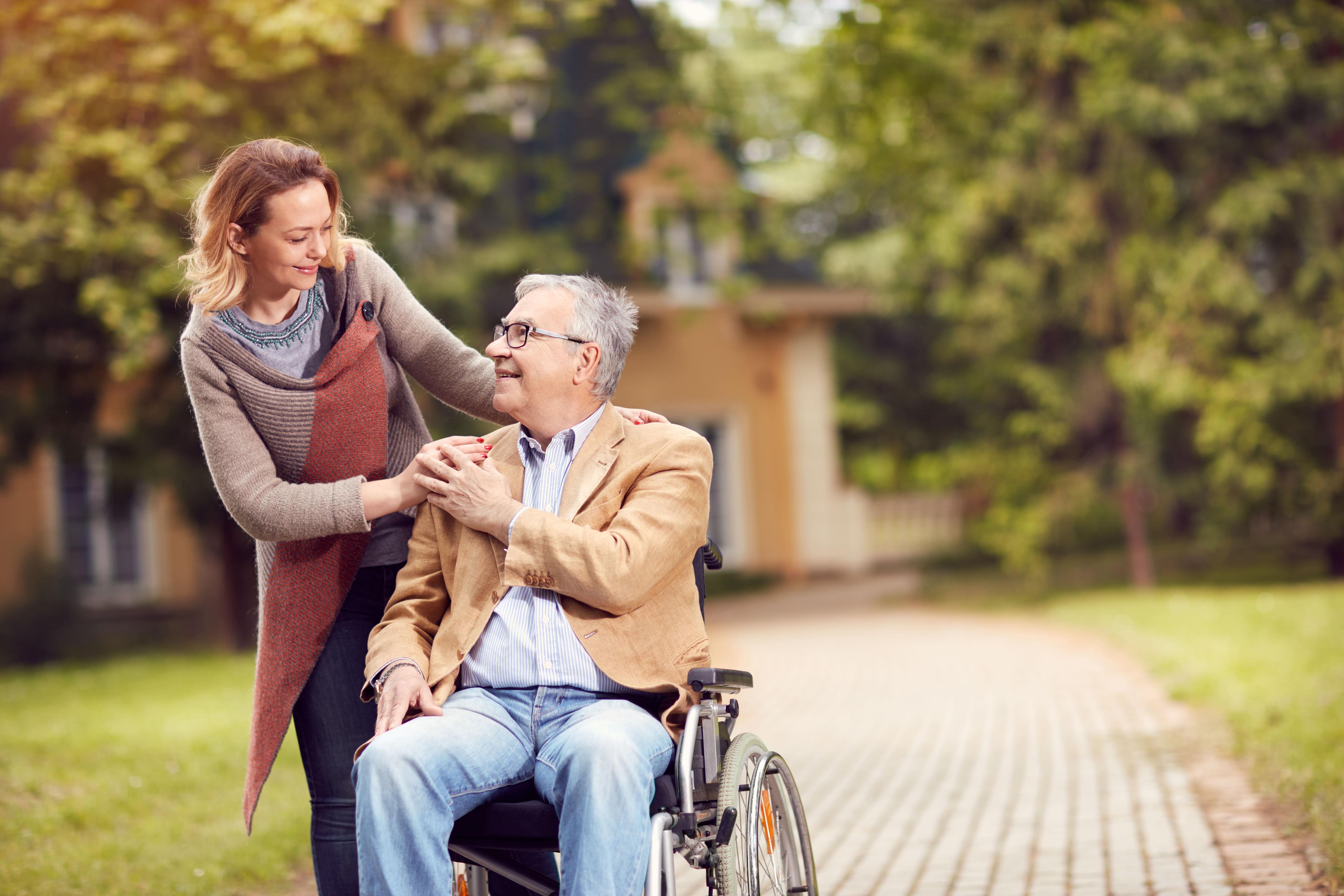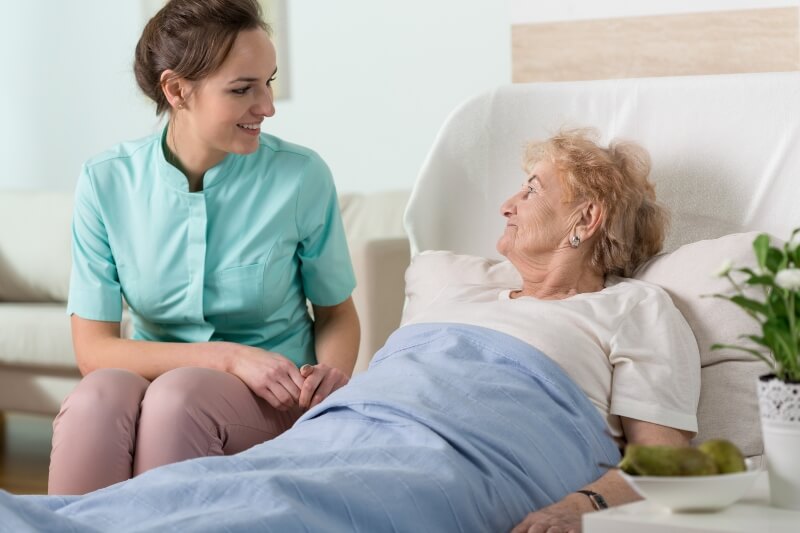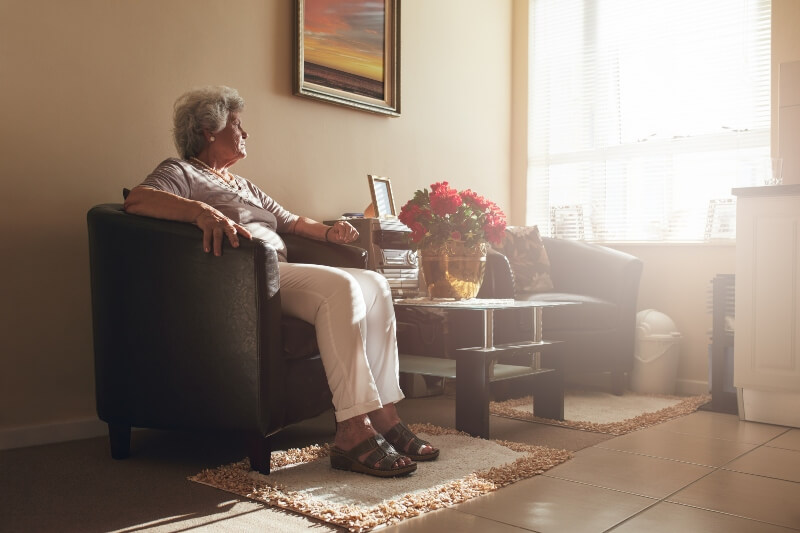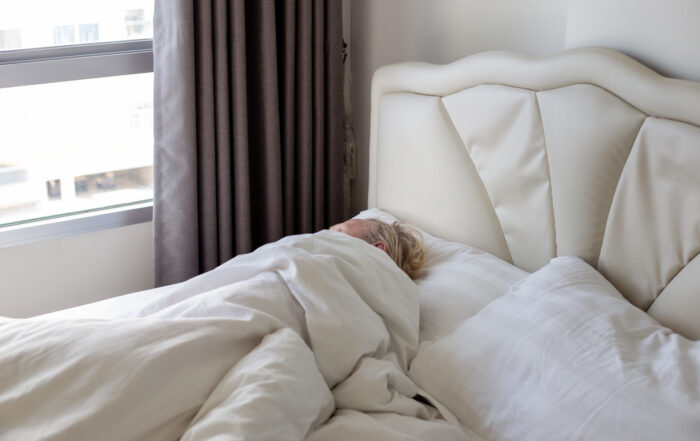Elderly Mobility Issues: Early Warning Signs and And What to To Do Next
Social Links
As we age, most of us accept there will be activities we can’t do any more – running to catch a bus, for example, or eating whatever we want to. But being able to get around at home and out of doors is central to maintaining independence and quality of life. And while some deterioration is inevitable for us all, noticing it happen can be a worrying and alarming time.
Fortunately, there is plenty we can do to maintain our mobility and slow its decline. Mostly, this involves making a few lifestyle adjustments and creating a plan along with your family and GP. Looking out for early warning signs – and acting on them – is crucial, not just to preserve our physical capabilities, but for peace of mind as well.
Early Signs of Mobility Problems
In some cases, such as after an accident or surgery, loss of mobility can happen suddenly. For most people, however, it is a slower process. Signs to look out for include:
Issues with fine motor functioning: this usually starts in the hands, wrists and feet, as tasks such as writing letters, preparing food or driving a car to become more difficult.
Tiredness and fatigue: loss of muscle strength and stiffness in the arms and legs are often a sign of a neuromuscular impairment. You may find you can’t walk as far or as fast as you used to, and everyday actions including cooking and cleaning become more challenging.
Falls: sometimes the reason for a fall is obvious – such as uneven flooring, an accident, or the effects of alcohol – but if not, it could be a sign of an underlying issue and should be investigated with your GP.
Avoidance: if you notice your loved one avoids activities they used to enjoy (or do easily) this could be a sign of mobility problems. A drop in hygiene standards, or finding their home is not as clean and tidy as usual, may indicate they are having trouble performing their usual daily chores.
What Causes Mobility Issues in the Elderly?
Age: as we get older, our energy levels, muscle strength and ability to heal naturally decline. Failing eyesight may also be a factor, and this can make it particularly difficult to move around in unfamiliar spaces.
Accidents, injuries and surgery: slipped discs, broken bones (often from falls), hip replacements and any other kind of major trauma usually require a lengthy convalescence, after which it can be hard to get back to our previous level of mobility.
Diseases and medical conditions: arthritis and osteoporosis, which weaken the musculoskeletal system, can be a major cause of reduced mobility as normal daily activities become uncomfortable and painful. Neurological conditions including Parkinson’s or multiple sclerosis, cause motor skill impairment and make exercise difficult.
Reduced physical activity: sadly, one of the most common reasons for loss of mobility and physical fitness is simple to neglect – as the saying goes, use it or lose it! Mental heath conditions such as depression and anxiety can also contribute to a lack of energy or enthusiasm for getting out and about.
Loss of confidence: often when someone has had a fall or accident, it knocks their confidence. Fear of falling again may prevent them from venturing out, further reducing mobility and creating a negative cycle which impacts their mental health as well.
Dizziness and balance issues: these could include low blood pressure, side effects from medication or inner ear conditions such as vertigo or Meniere’s disease. Not only do these make getting around very difficult, but can also cause falls and result in lengthy convalescence. This may lead to other complications such as circulatory problems, muscle loss and weight gain.
How to Help Someone with Mobility Issues
Sudden loss of mobility in elderly relatives can be a distressing and upsetting time for everyone involved. Whether it’s a slow or sudden decline, the process can be frustrating and will always take some adjusting to. If you are worried about a loved one, here are some ideas that may help and support them:
Talk about it: many people suffering mobility loss may be embarrassed that they can no longer complete certain tasks and may even try to hide them. Reassure them that it is perfectly understandable that they feel frustrated, and perhaps encourage them to talk to a local service, such as Age UK, that can recommend ability-appropriate support, exercises and social activities.
Prevent falls: safety features such as ramps, railings, sensor lights, stair lifts and walking aids can make walking around the home much safer, and many of them are available free of charge through your local council. Help your loved one clear their home of clutter and trip hazards and suggest getting a personal alarm or mobile phone they can carry with them all the time.
Encourage exercise: the best way to keep mobile is to keep mobile! Exercise helps maintain energy, bone and muscle strength, flexibility, balance and lung capacity, as well as a healthy weight and mental wellbeing. Gentle walks, gardening, swimming, dancing and yoga are all great activities for staying supple. Just starting with just a few minutes a day can make a positive difference.
Schedule regular check-ups: as with many medical conditions, mobility problems can be exacerbated by age or neglect so it’s important to stay on top of any new concerns. GPs will always take health-related fall risks very seriously, so be sure to investigate anything you may be worried about.
The Importance of High-Quality Furniture
Well-designed furniture can go a long way to reducing pain, one of the main causes of mobility issues in elderly people. A made-to-measure recliner chair, for example, will ensure the body is supported in the right places and promote good posture, reducing the likelihood of back and neck pain. Being able to elevate the legs lessens the risk of health complications associated with a sedentary lifestyle.
Similarly, a correctly tailored adjustable bed will promote better sleep, aiding the healing process and reducing trauma recovery time. A supportive mattress such as memory foam will cushion achy joints or bones, while a swing feature, as seen in our Bingley Bed, makes it easier to get in and out independently. In the case of a temporary convalescence, moving to a sofa bed downstairs might also make life easier at home. Electric sofa beds are available too; all you need to do is press a button on a remote control for them to unfold from sofa to bed, and vice versa.
The Bottom Line
Loss of mobility doesn’t have to mean loss of freedom – it may just mean making a few lifestyle adjustments. Not ignoring early warning signs, and getting regular check-ups, will go a long way to ensuring you can keep doing all the things you love… perhaps with a bit of help from a loved one or some specialist equipment.
When it comes to supporting a family member, confidence is often the key. The safer your loved one feels, the more likely they are to get up and about – and one of the best ways to feel safe at home is with some high-quality, supportive furniture.
The Mobility Furniture Company can guide you through the process of what furniture is available to make your life more comfortable. A friendly team member can even come to your home with examples of rise and recline chairs and adjustable beds, so you can try them out in situ. There’s nothing better than feeling secure at home, safe in the knowledge that your furniture will support you even as your lifestyle needs begin to change.
*This website contains general medical information. The medical information is not advice and should not be treated as such. Read our full Medical Disclaimer here.



